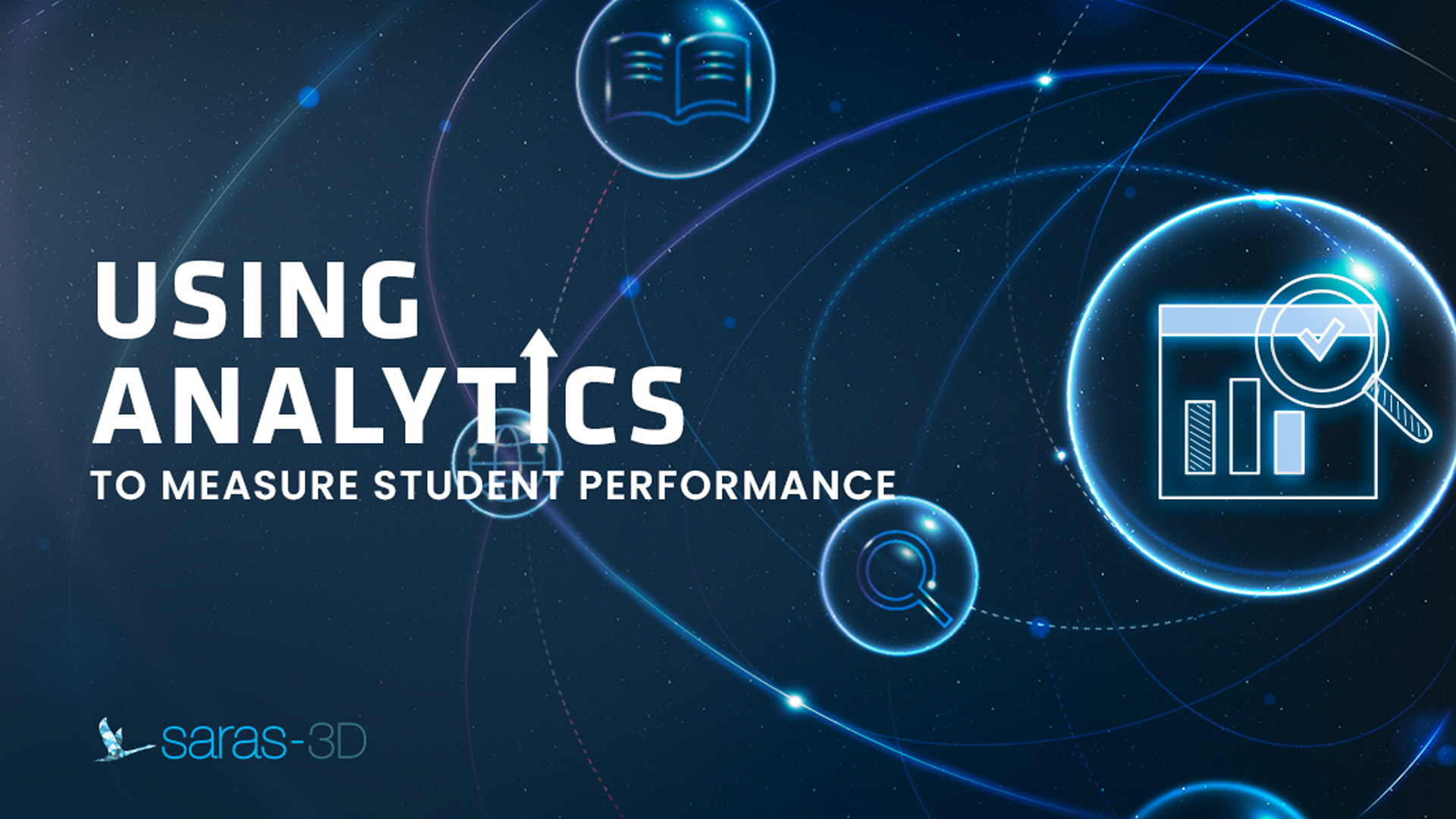BLOGS
At Saras, our mission is to ensure that all the students are given an opportunity to reach their full potential. We are passionate about creating and encouraging tomorrow’s innovators and problem solvers and make high quality education available to all.

Using Analytics to Measure Student Performance
In today's world, data is king. It can be used to make better decisions, improve efficiency, and identify trends. In the education sector, data can be used to measure student performance and identify areas where students need additional support.
There are several different types of data that can be collected to analyze student performance. Some common types include:
- Grades: Grades are a traditional way to measure student performance. They can be used to track progress over time and to identify students who are struggling.
- Test scores: Test scores are another way to measure student performance. They can be used to compare students to each other and to national benchmarks.
- Attendance: Attendance is a good indicator of student engagement. Students who are absent more often are more likely to struggle academically.
- Pace: Learning platforms like Genius 3D adapt to the student’s individual needs so that they learn at their own pace. By knowing each student’s pace, teachers can identify what each student needs and predict how they will perform academically.
Once data on student performance has been collected, it can be analyzed to identify trends. This information can then be used to make better decisions about instruction and support. For example, if data shows that a particular group of students is struggling with a particular subject, teachers can provide additional instruction or support in that area.
Data can also be used to identify students who are at risk of falling behind. This information can then be used to provide these students with early intervention services. Early intervention can help to prevent students from falling behind and can improve their chances of success.
Using analytics to measure student performance is a powerful tool that can be used to improve student outcomes. By collecting data, analyzing it, and making informed decisions, educators can help all students succeed.
Here are some additional tips for using analytics to measure student performance:
- Choose the right data: Not all data is created equal. It is important to choose data that is relevant to your goals and that is accurate and reliable.
- Use the right tools: There are a variety of tools available to help you collect and analyze data. Choose tools that are easy to use and that meet your needs.
- Share the data: Data is most useful when it is shared with others. Share data with teachers, administrators, parents, and students so that everyone can use it to make better decisions.
By following these tips, educators can use analytics to measure student performance and improve student outcomes. Learn more about Genius 3D teaching , click here.
BACK